See 6 Highlights From artnet’s Contemporary Asian Art Premier Sale, Including Yoshitomo Nara, Mari Kim, and More
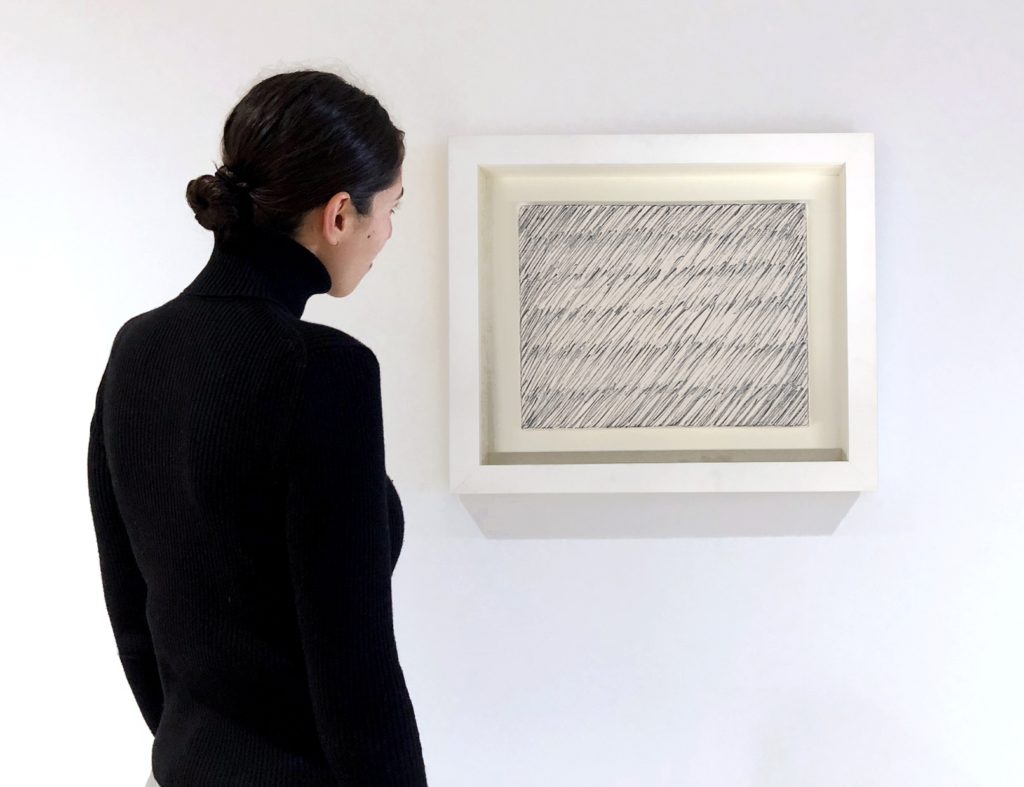

Artnet Gallery Network

The second iteration of artnet’s biannual Premier sale for contemporary Asian art, live online now for the next 24 hours, features 20 diverse works by some of the most prominent artists working today from Japan, Korea, China, Thailand, and beyond.
There are works by towering figures like Yayoi Kusama, Yoshitomo Nara, and Takashi Murakami; mid-career luminaries like Mari Kim and Gu Wenda; and a number of artists that artnet hasn’t offered in years, including Park Seo-Bo and Choi So-Young. It’s a wide-ranging affair, with individual works running the style and medium gamut, and hailing from collections around the world.
“Contemporary Asian artists never cease to amaze with their non-traditional methods and whimsical innovations,” says Nina Lippman, artnet’s senior specialist in contemporary Asian art. “From landscapes made of discarded denim and sculpture erected from ceramic shards, to ink-soaked Chinese paper and tapestry-inspired oil painting—this sale is a particularly strong smattering of the innovative approaches coming out of Asia today.”
Below, Lippman details six highlights from the sale (several of which are available for private viewing at artnet’s headquarters in New York). For questions about these works—or any others in the sale—email [email protected].
Bid now before the sale ends Wednesday, November 7.
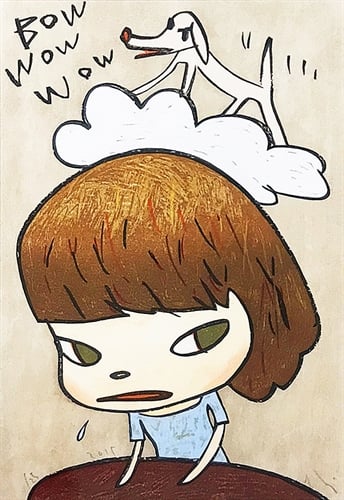
Yoshitomo Nara, Bow Wow Wow (2015).
Rarely offered in auctions, Bow Wow Wow is a highly desirable print by Yoshitomo Nara that comes from a small edition of 25. Growing up in an isolated village in Japan, Nara had limited access to museums and galleries, and was often inspired by the album covers of Western bands for his art. Here, Nara depicts his iconic sweet yet sinister child with bulging green eyes looking to the side. Above her, the artist’s “lonesome puppy” figure seems to be riding a piece of cloud, barking “Bow Wow Wow,” the name of an English New Wave band from the 1980s. As the artist once said in an interview, “For those who can understand, they will see some serious issues, more than just, ‘Wow, it’s Kawaii.’”
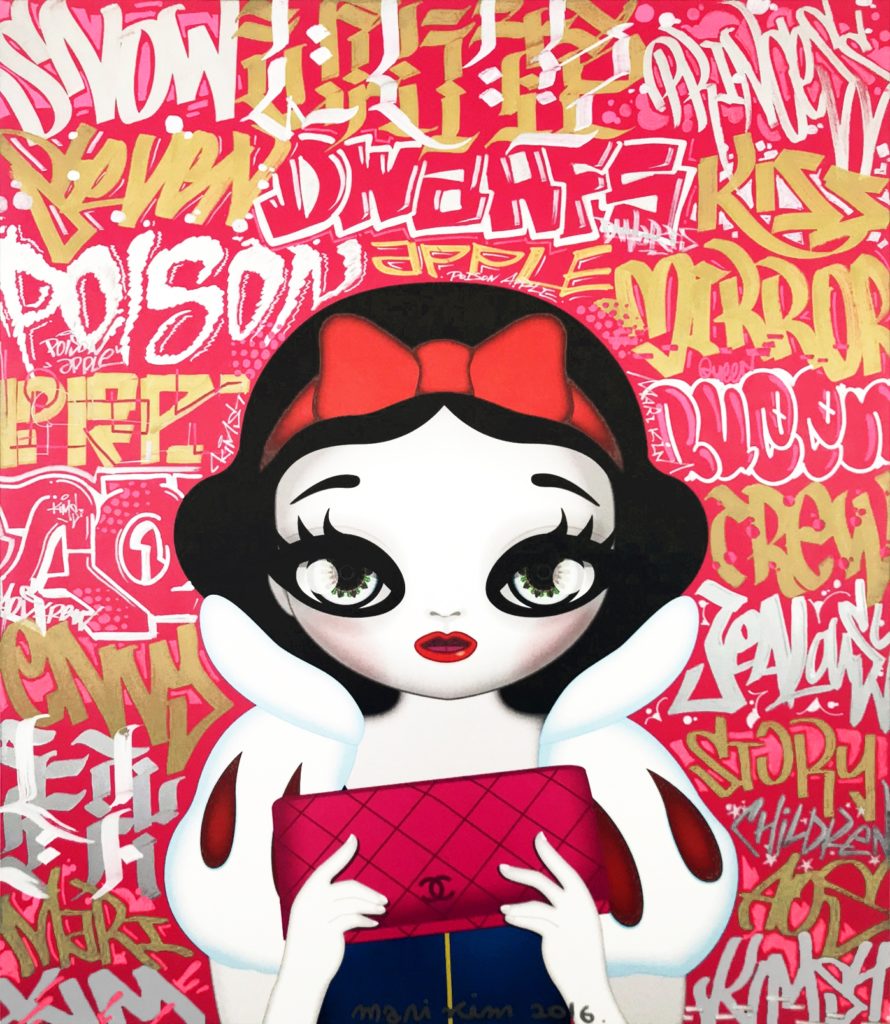
Mari Kim, Snow White Red (2016).
Mari Kim is a Korean artist best known for her iconic figure of Eyedoll, a cartoon-like girl with porcelain skin and kaleidoscope wormhole eyes. Kim’s Eyedoll has a rich mixture of Western and Eastern cultural references, often representing how identity can be altered with props and fashion. In Snow White Red, Eyedoll is dressed like the fairy-tale princess, rendering in a background of highly stylized forms of graffiti, while Kim turned the symbol of temptation from an apple to a Chanel bag, representing contemporary society’s materialistic desires. So idealized and innocent at the first glance, Eyedoll represents a darker obsession of perfection in beauty in Korean society.
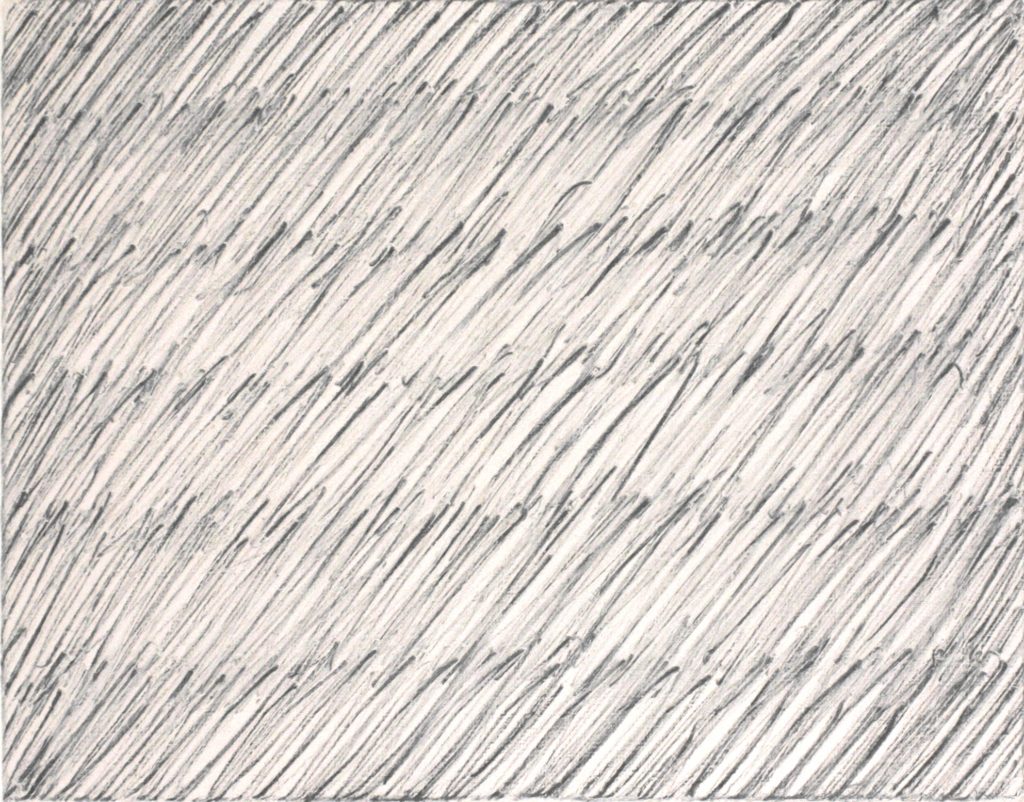
Park Seo-Bo, Écriture No. 49~73 (1973).
Park Seo-Bo is a Korean Dansaekhwa artist. Best known for his large-scale, minimalist paintings, his work conflates the ethos of traditional Korean culture with the formal language of linear abstraction. The present work comes from Park’s acclaimed Écriture series that begun in the 1970s. Works in this series, including the one pictured here, are influenced by both French l’art informel and Park’s conflation of Eastern calligraphy with Western forms.
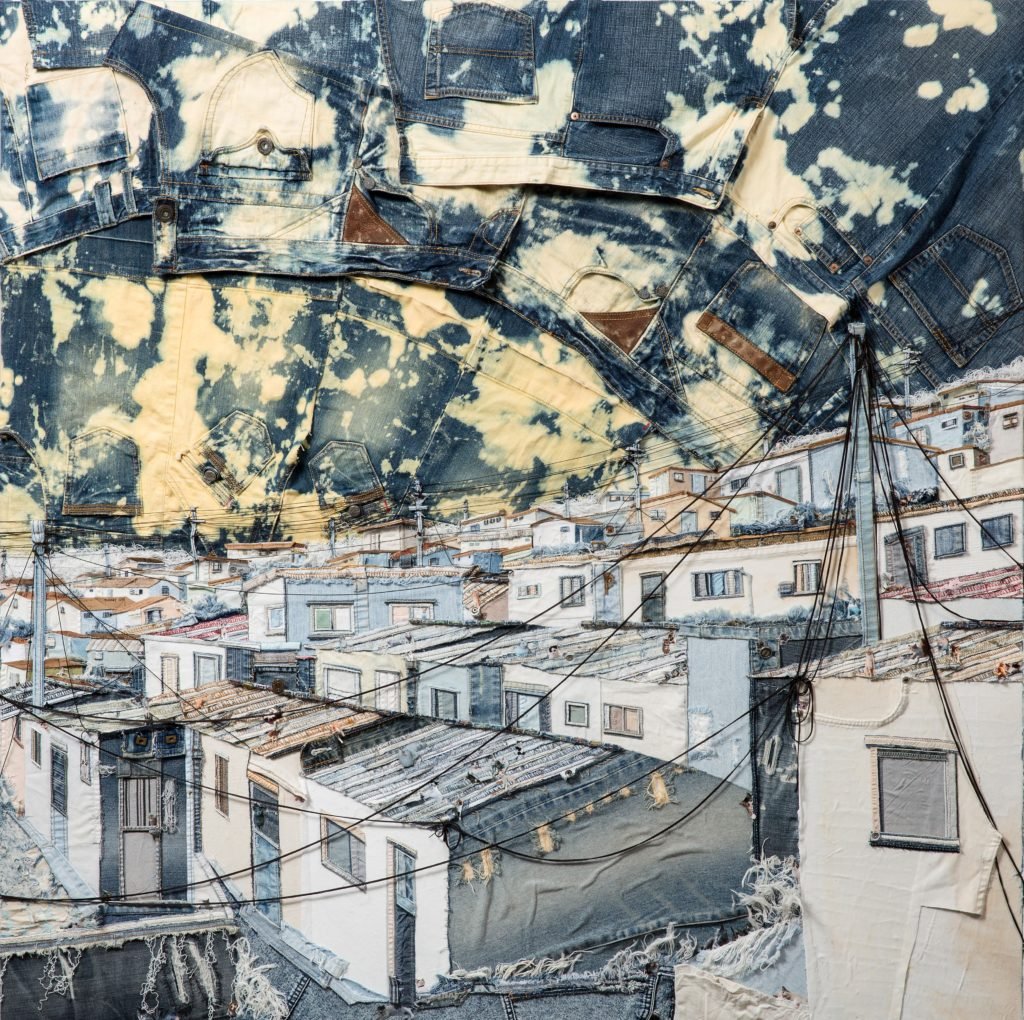
Choi So-Young, House and Cat (2018).
Choi So-Young is a contemporary Korean artist best known for her urban landscape compositions made from discarded denim clothing. Choi explores city life in range of highly textural and detailed works, as seen here in House and Cat. Her ingenious use of yellowed leather tags, bleach stains, and pocket liners to describe telephone poles, skies, and layers of buildings offer an especially dynamic exploration of otherwise banal subject matter.
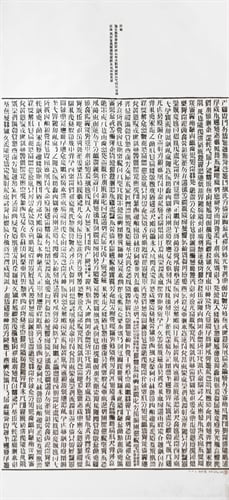
Xu Bing, (1989).
Xu Bing is a contemporary Chinese installation artist and one of the country’s best-known creative figures. A recipient of a MacArthur Fellowship, Xu Bing is celebrated for his “capacity to contribute importantly to society, particularly in printmaking and calligraphy.” Trained as a printmaker at school, Xu Bing has constantly revisited the medium throughout his career. The present work is a study for the artist’s Book from the Sky, a massive installation of hundreds of volumes and scrolls printed with 4,000 imagined Chinese characters. The work earned Xu international recognition in the 1980s and remains one of his most famous creations.
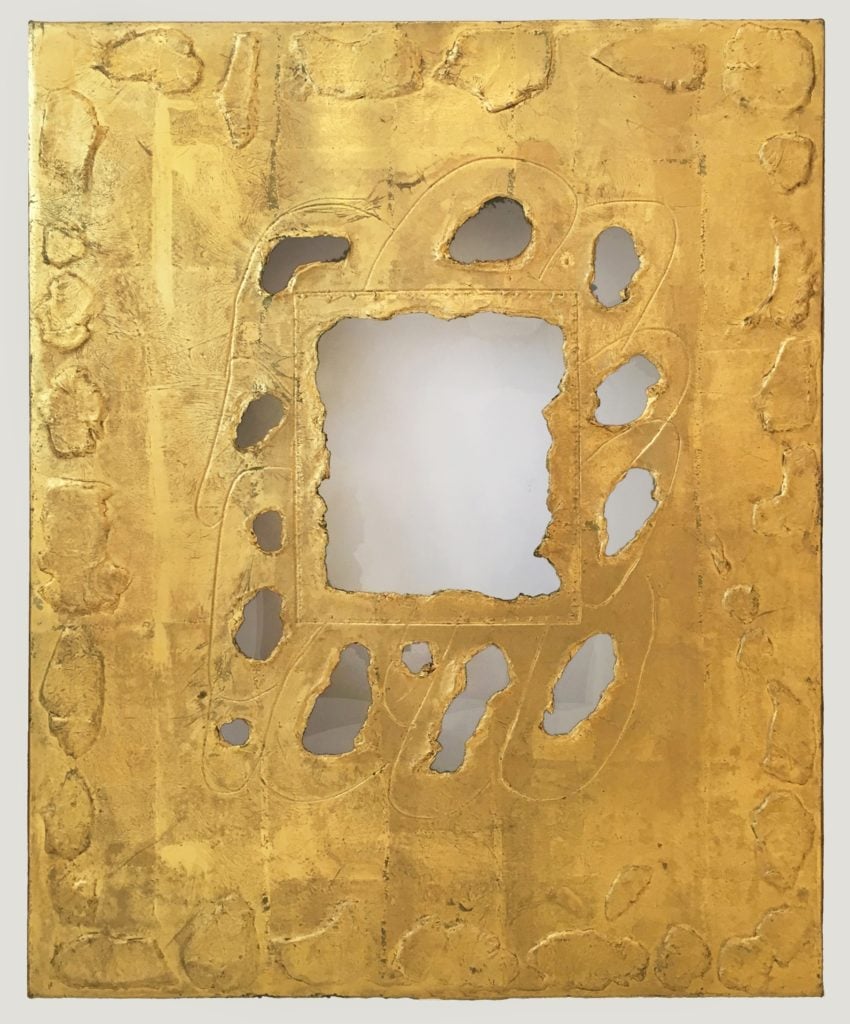
Nobuo Sekine, G25-19 FLower (1988).
A founding member of the Mono-Ha (“School of Things”) movement, Nobuo Sekine employs organic and industrial materials in his art as seen in the present lot. G25-19 Flower comes from the Sekine’s acclaimed Phase Conception series. To create the work, Sekine first built layers of Japanese paper into a thick surface and applied random lines and puncture openings. He then reaffixed the material gouged out from the surface back on in order to create a coarse look that mimics the texture of the earth. To complete the work, Sekine hand-covers the entire composition with 22-carat gold leaf. The stunning work is an iconic piece that at once shows influences of traditional Japanese practices and the Arte Povera movement.